The last living species in the Dugongidae family, the dugong is a truly one-of-a-kind animal. Closely related to manatees, these marine mammals have a number of characteristics that set them apart from other marine mammals. Read on to learn about the dugong.
Description of the Dugong
The dugong is a gray/brown marine mammal with a torpedo-shaped body. They are considerably more streamlined in appearance than their rather rotund relative, the manatee. Dugongs also differ from their manatee cousins in the shape of their tails. While manatees have large, rounded tails, dugongs have almost triangular shaped fins (similar to a dolphin’s).
Interesting Facts About the Dugong
Dugongs differ from their closest living relative, the manatee, in a number of ways. These unique characteristics set dugongs apart from many other marine mammals.
- A Truly Marine Mammal – Dugongs are the only species in the order Sirenia (dugongs and manatees) that lives in an exclusively marine environment. Manatees are mainly freshwater animals, and spend only short times in the ocean. Dugongs can spend their entire lives at sea.
- Armpit Milk – Essentially, dugongs and manatees nurse their calves from their armpits. The animal’s mammary glands and teats are found directly behind their front flippers. Both dugongs and manatees possess this somewhat odd trait.
- Distant Cousin of the Elephant – The closest relative to the order Sirenia is actually the elephant! Though manatees and dugongs don’t bear much of a resemblance to elephants, male dugongs do grow small tusks.
- Pachyostosis – While other marine mammals typically require speed to capture prey, dugongs and manatees are herbivores. Most of the algae and sea grass that these animals eat is found on the sea floor. To cope with the constant need to sink to the bottom, manatees’ and dugongs’ bones have developed pachyostosis, which means that their bones are thicker and heavier than other animals. These thick bones help dugongs easily sink to the sea floor to feed.
Habitat of the Dugong
Dugongs prefer warm, shallow waters near the coast. Though they have been found in deeper waters, dugongs’ food source (sea grass) thrives in shallow water with plenty of sunlight. Dugongs also prefer feeding in protected bays.
Distribution of the Dugong
Dugongs are found in a number of locations near the equator. Populations of dugongs can be found in the waters surrounding East Africa, South Asia, and Australia. The largest population of dugongs can be found off the coast of Australia, from Western Australia to Queensland.
Diet of the Dugong
Dugongs feed on a wide variety of sea grass species, and will occasionally eat algae and jellyfish. Populations in different locations will feed on different species of sea grass.
Dugong and Human Interaction
Historically, dugongs and manatees have made an easy target for hunters, as they are relatively slow moving. In recent years, dugongs have become popular in ecotourism, and tourists pay to swim with the dugongs, or to view the animals from boats.
Domestication
Dugongs have not been domesticated.
Does the Dugong Make a Good Pet
Dugongs do not make good pets. They would require very large tanks with lots of expensive maintenance.
Dugong Care
Few dugongs are kept in human care, and knowledge of their needs is sparse. Because sea grass is impractical to grow for feeding, animals in aquariums are generally fed lettuce. This diet has worked well for manatees in the United States.
Behavior of the Dugong
Dugongs tend to remain solitary or in small groups, but have been seen in large numbers for breeding. They travel along shallow coasts feeding on sea grass, and can feed for up to six minutes at a time before surfacing to breathe. Because they live in shallow waters, dugongs have been known to stand on their tails when surfacing for air.
Reproduction of the Dugong
Dugongs in different populations have different breeding behavior. In some populations, a male will guard a territory from other males, and females will come to him to breed. In other populations, male dugongs will battle for breeding rights over a female.
Dugongs have a 13-15 month gestation, and give birth to a single calf. They generally move to very shallow waters to give birth, as this affords additional protection from predators. The mother dugong helps the baby surface for its first breath when it is born. A calf will nurse for up to 18 months, but remains with its mother until it reaches sexual maturity.
Beliefs, Superstitions, and Phobias About the Dugong – The “Siren”
It is common legend that sailors would mistake manatees for mermaids at sea. This is actually where the manatee and dugong family Sirenia got its name! Sirenia is derived from the Greek word “siren,” referring to Greek mythology.
It is believed that dugongs, rather than manatees, were the source of these legends. Because dugongs are the only solely seagoing Sirenian, they are the most likely to be seen by sailors in the ocean.



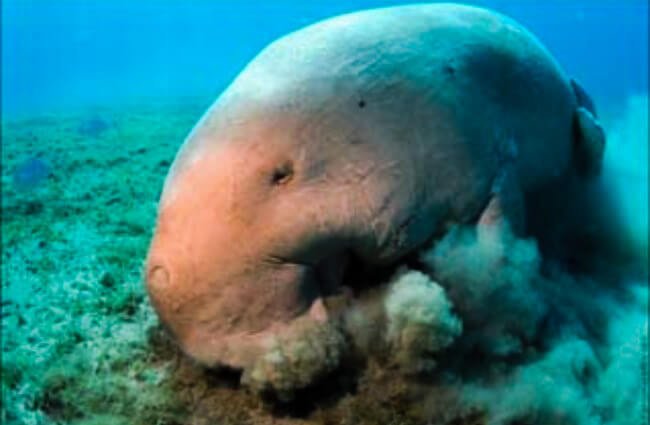
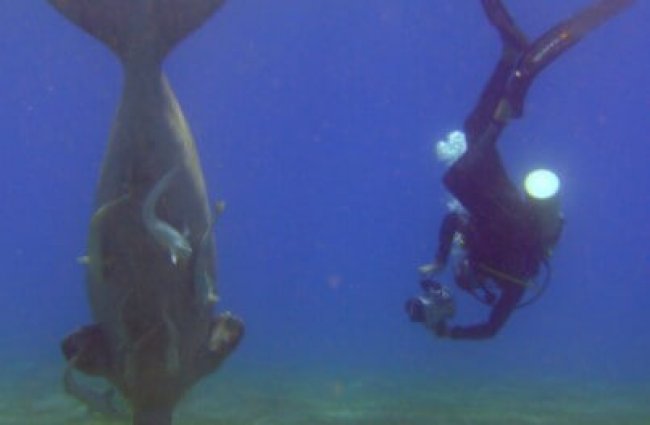
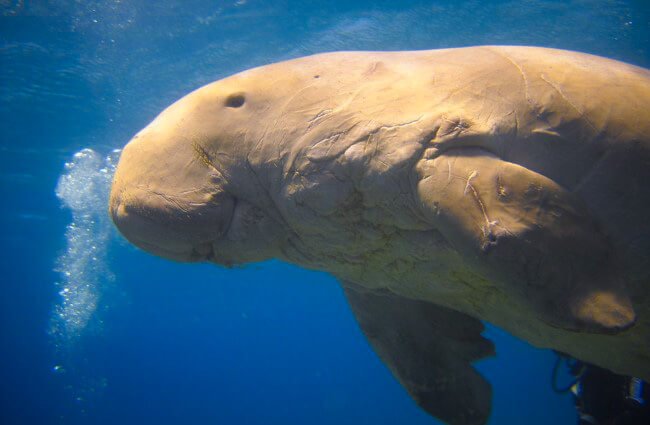
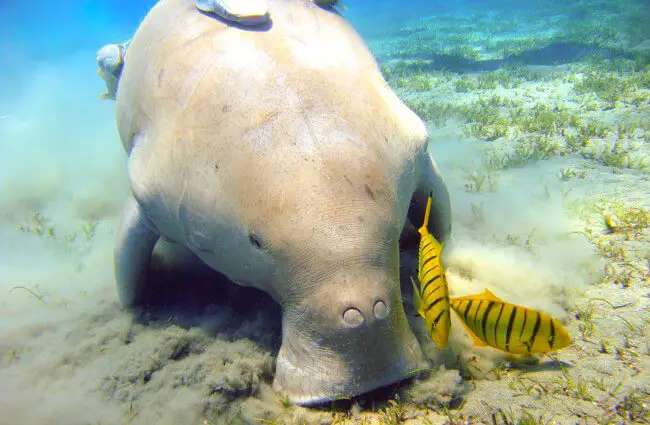
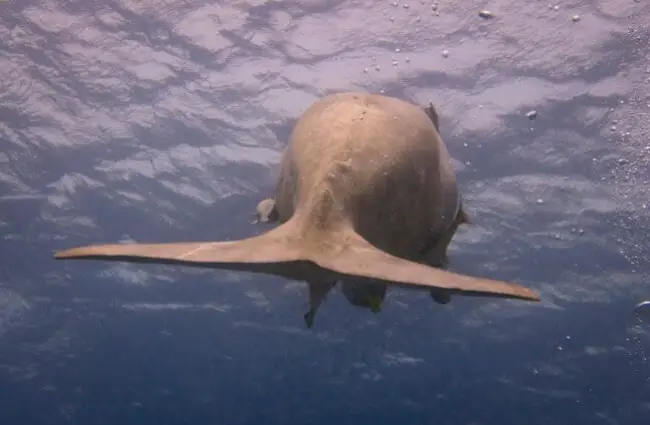

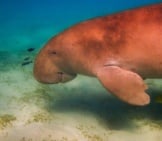
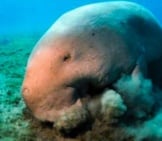

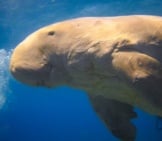
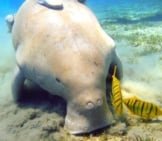
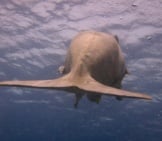
![Red Angus Closeup of a beautiful Red Angus cowPhoto by: U.S. Department of Agriculture [pubic domain]https://creativecommons.org/licenses/by/2.0/](https://animals.net/wp-content/uploads/2020/03/Red-Angus-4-238x178.jpg)












![Red Angus Closeup of a beautiful Red Angus cowPhoto by: U.S. Department of Agriculture [pubic domain]https://creativecommons.org/licenses/by/2.0/](https://animals.net/wp-content/uploads/2020/03/Red-Angus-4-100x75.jpg)

